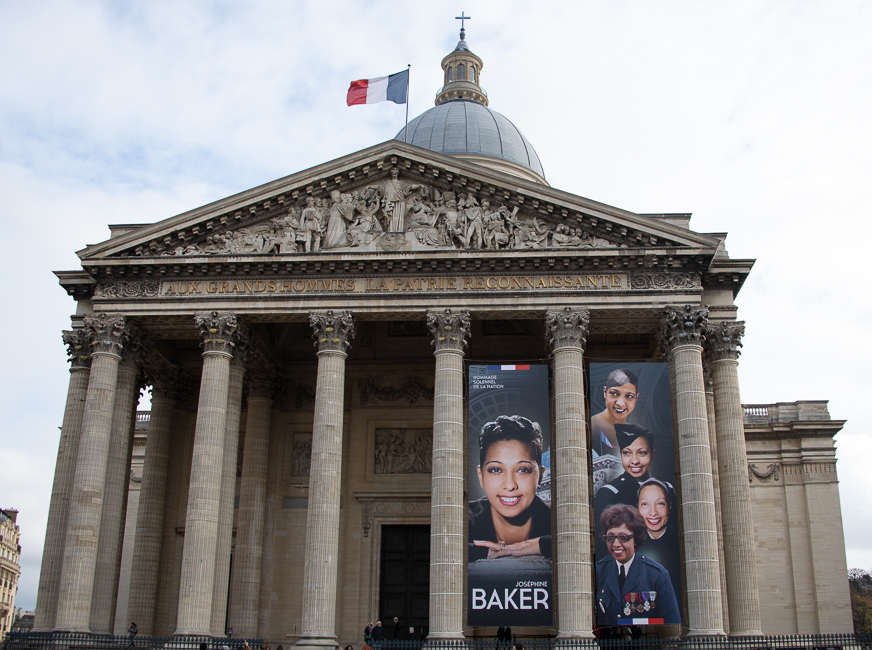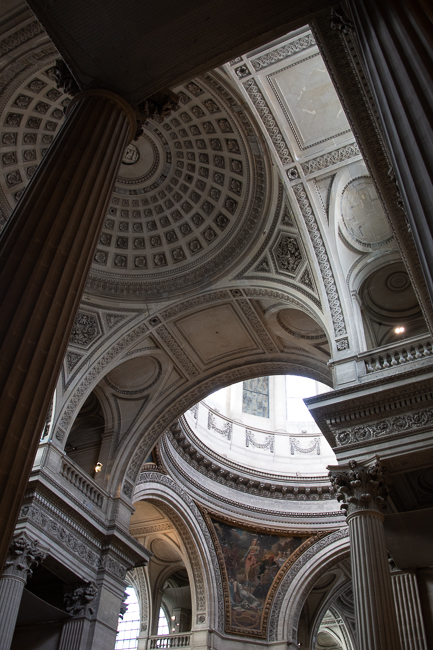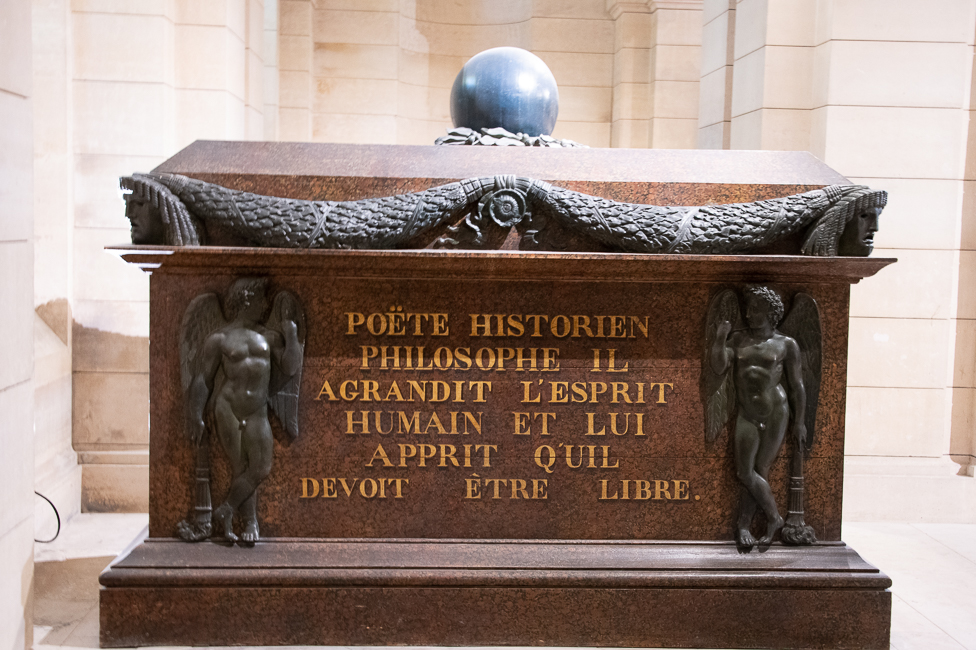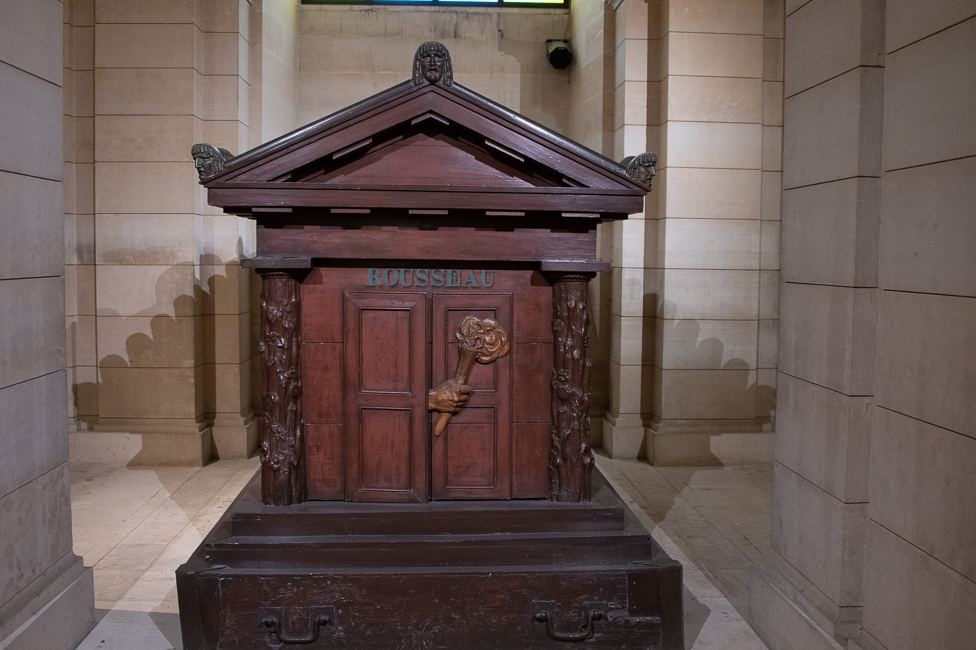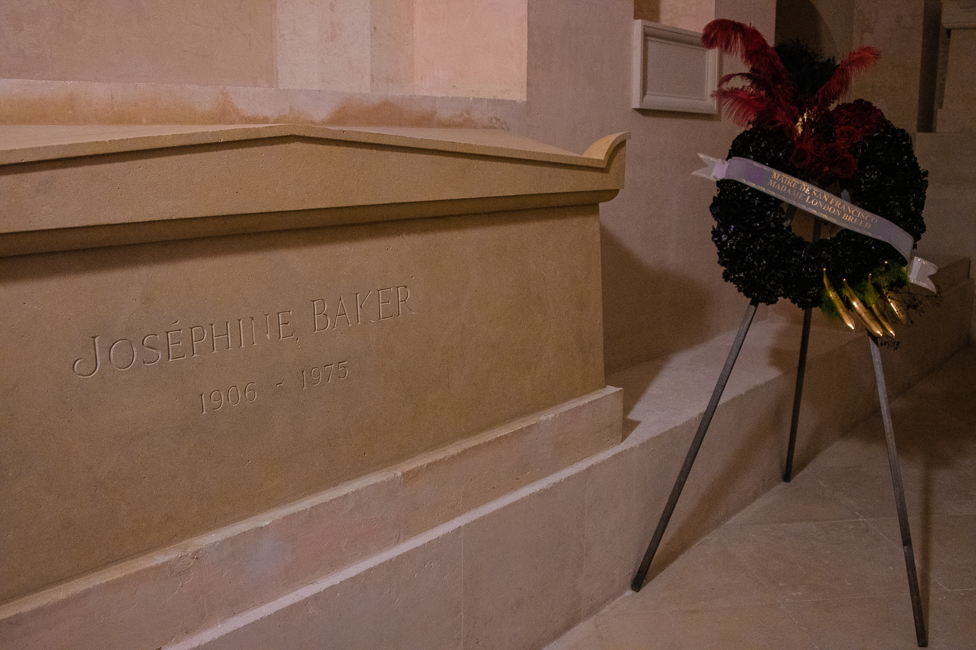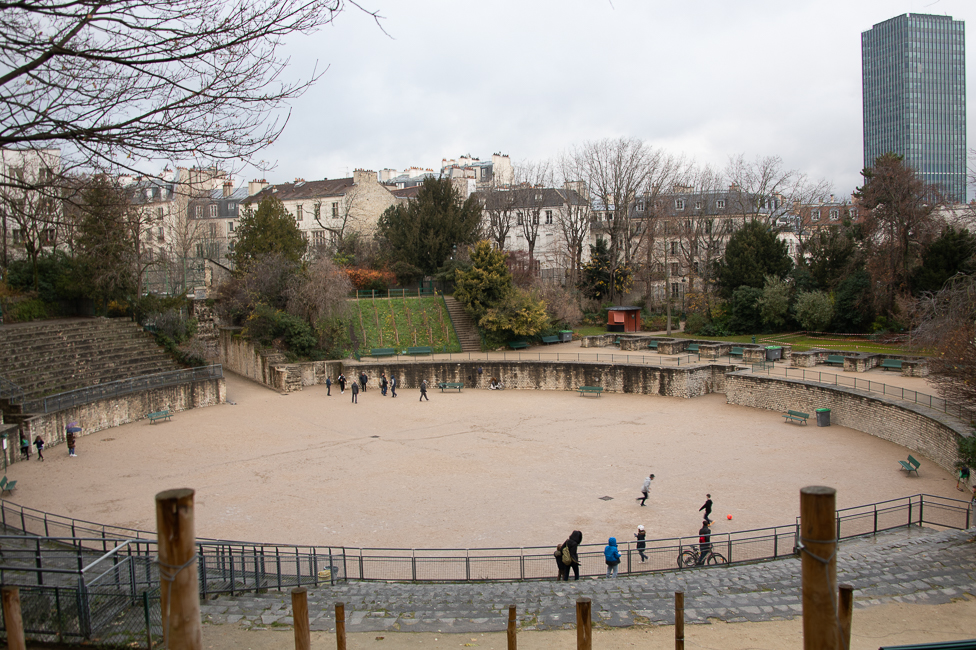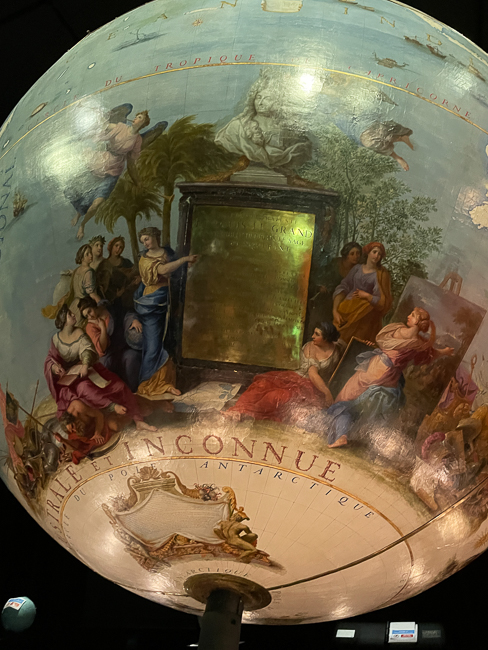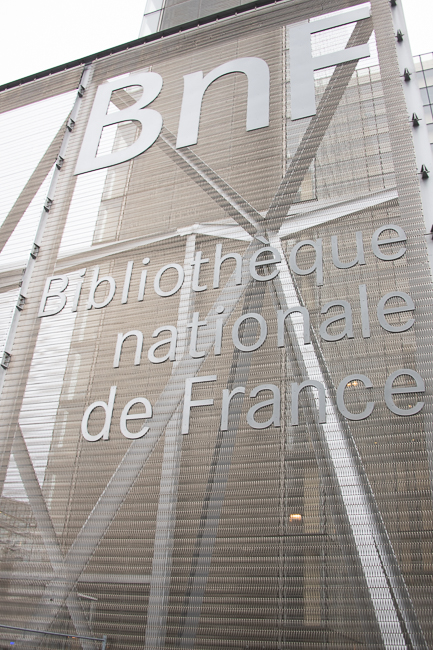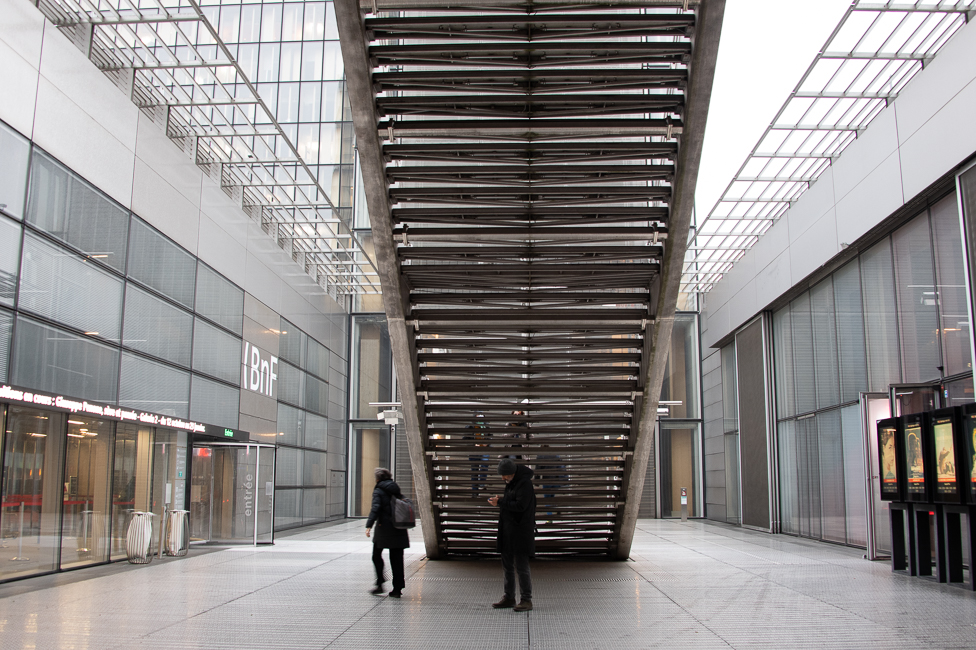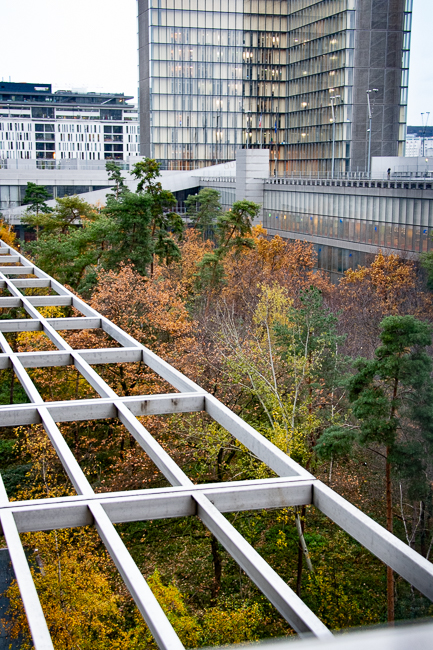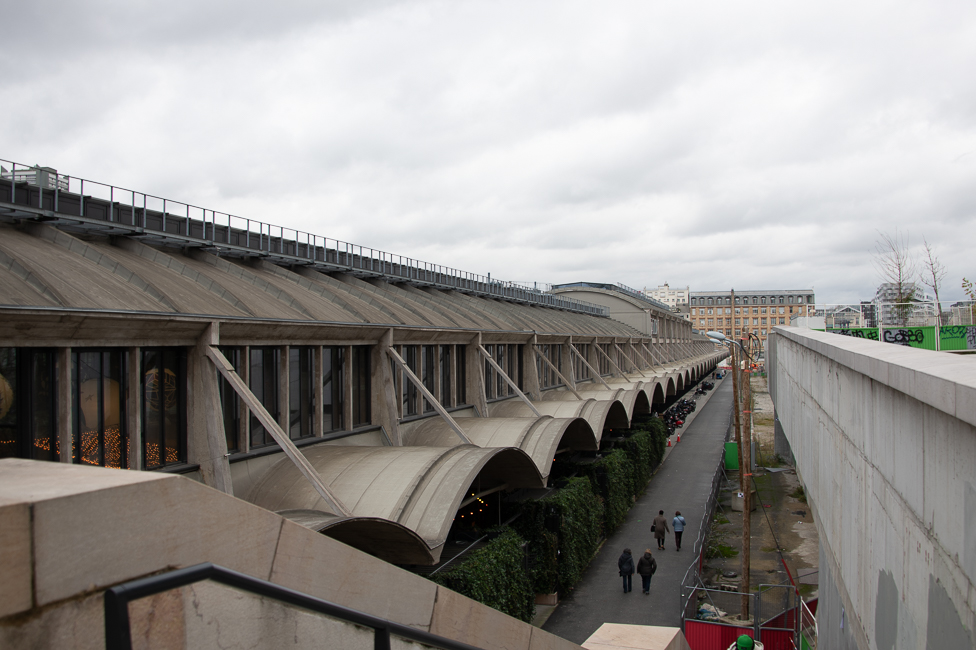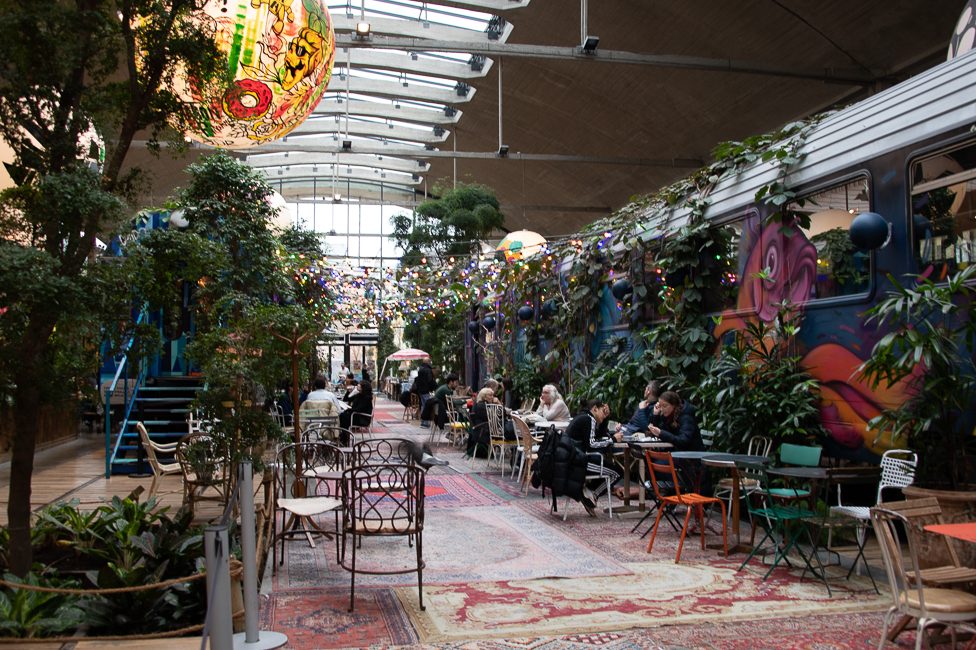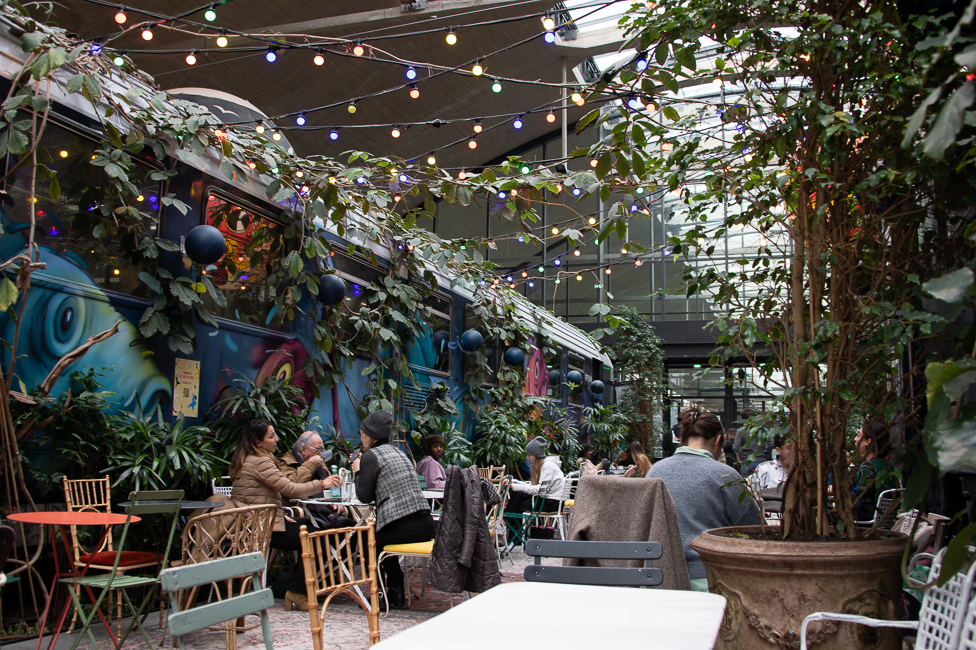December 2021
The Panthéon
Architect Jacques-Germain Soufflot designed the Pantheon to fulfill Louis XV’s wish to glorify the monarchy in the form of a church dedicated to Saint Geneviève, the patron saint of Paris. The church was to also house her relics.
The building was placed in the center of the Place du Panthéon which is how it got its name. Neither Soufflot nor Louis XV lived to see the church completed.
By the time construction was finished, the French Revolution had started; in 1791 the National Constituent Assembly voted to transform the Church into a mausoleum for the remains of distinguished French citizens. The idea was modeled on the Pantheon in Rome which had been used in this way since the 16th century.
In 1851, Léon Foucault conducted a demonstration of diurnal motion at the Panthéon by suspending a pendulum from the ceiling.
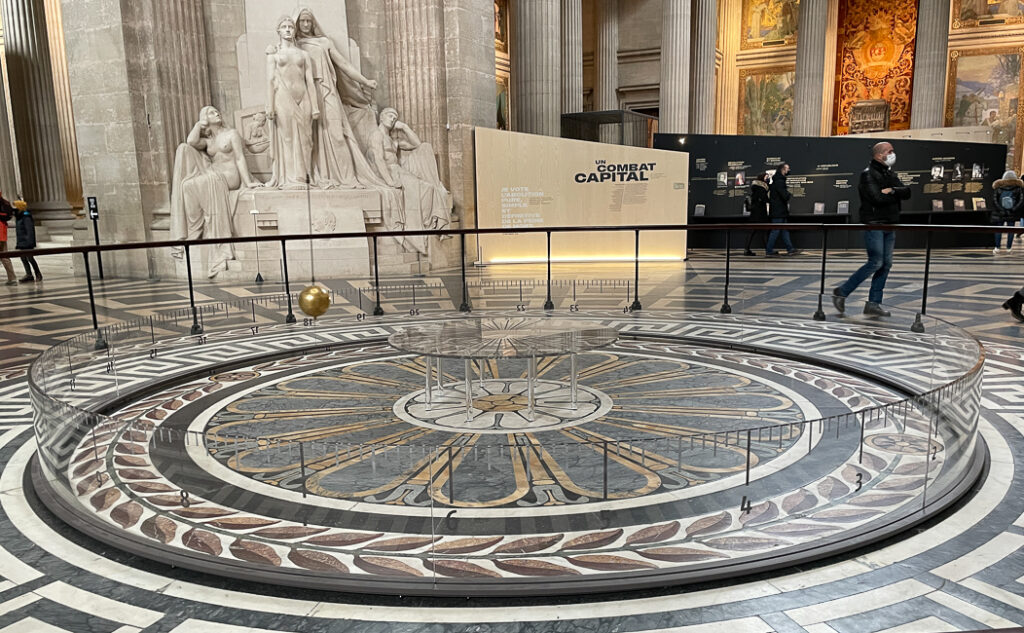
A copy of Foucault’s pendulum swings from the same spot that Foucoault’s original experiment took place.
Since 1885, the year of Victor Hugo’s death and burial in the Pantheon, it has been the last resting place for the great people who have helped to create the history of France. The crypt houses the tombs of such illustrious figures as Voltaire, Jean-Jacques Rousseau, Emile Zola, Alexandre Dumas, Pierre and Marie Curie. The latest person to be honored was Josephine Baker on December 1st of 2021.
Les Arènes de Lutèce
Although much of the Arènes de Lutèce is a recent reconstruction, it is one of the most important Roman archaeological remains in Paris. Obviously an amphitheater, with an elliptical shape, the nine niches that formed the back of the stage are still visible. As are some of the animal cages that would have opened directly onto the arena. The amphitheater was constructed in the 1st century AD, and is thought to have seated some 17,000 people.
The destruction of of the amphitheatre started during the sack of Paris by the Barbarians in 280 AD. A large amount of stone was taken to the Île de la Cité to build fortifications. It was filled in at the beginning of the 13th century having briefly been a cemetery. Building in the 1860s unearthed the monument and Victor Hugo spearheaded the campaign to save and restore the amphitheater. It was reopened as a public square in 1896.
The Coronelli Globes
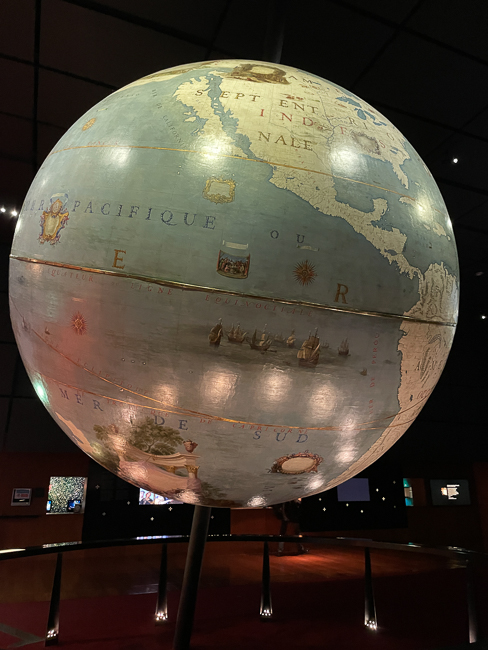
The Globe of the Earth presents a complete cartography of the world and its wealth available to the Sun King at the height of his glory.
In the 1680s Louis XIV was the king. His ambassador to Rome, Cardinal César d’Estrées, commissioned Vincenzo Coronelli, a Franciscan monk renowned for his maps and atlases, to create two massive globes. One shows the known world and the other represents the skies on the day of the Sun King’s birth.
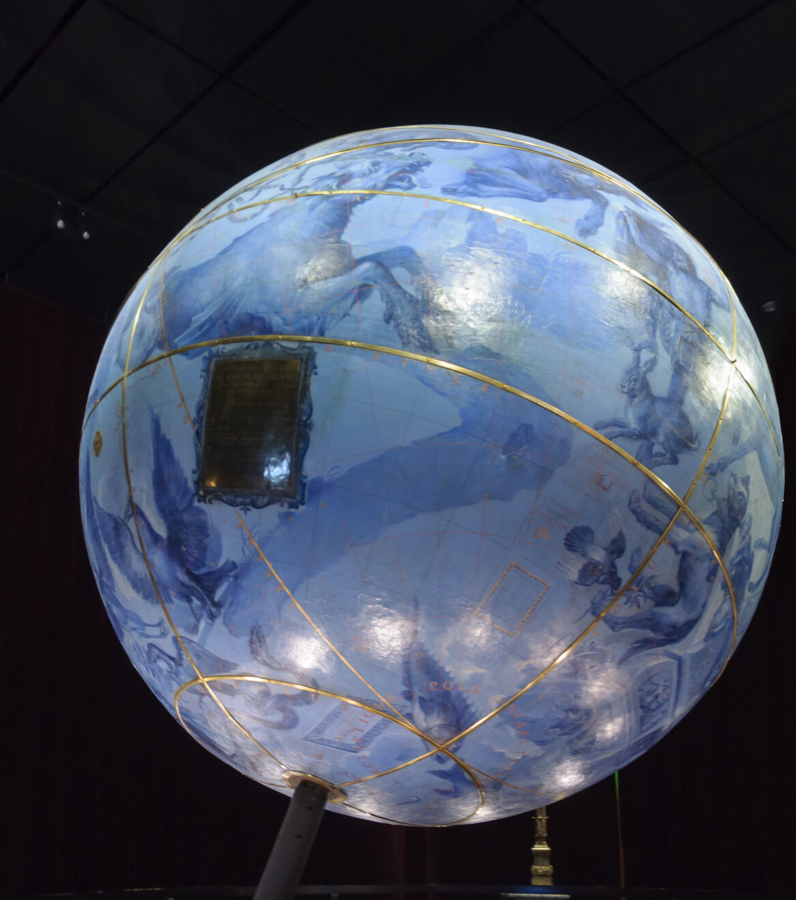
Seventy-two constellations appear on the globe. In addition to the forty-eight constellations described by Ptolemy, there are others discovered after improved telescope lenses came about.
The globes have their own website that tell the story of all of the images found on these huge and magnificent pieces of art.
Louis XIV entrusted the globes to the Royal Library, and thus they were removed from the palace, and escaped destruction during the French Revolution. They can now be found in the François-Mitterrand Library, also known as the Bibliothèque nationale de France.
Images of the Library Buildings:
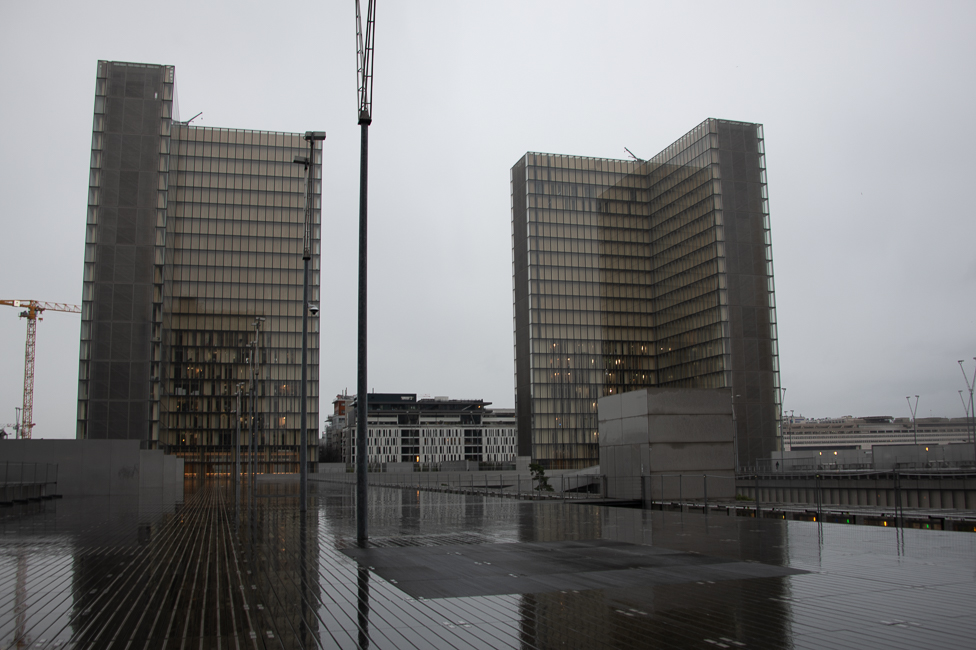
Bibliothèque nationale de France is located on an open plaza punctuated at the corners with four towers shaped like open books. The buildings house seven floors of offices and eleven floors of storage.
These were very out of the way things to do in Paris and worth the time, if you have it.
Very close to the Library is a place called The Halle Freyssinet. Designed between 1927 and 1929 by the engineer Eugène Freyssinet it is made of pre-stressed concrete. The Halle Freyssinet was listed as a Historical Monument in 2012.
The building was initially conceived as a transshipment hub for trains and trucks and was connected to the Austerlitz station. The building now is a hub for startups with a rather large space for dining. There are stands where you can take food to random tables as well as restaurants.
Lunch in the Halle Freyssenet: I highly recommend the Italian Restaurant La Felicitá, it is truffle season, and their truffle pasta was divine.
Dinner: Cafe des Musées for their Beef Bourguignon – 49 Rue de Turenne
